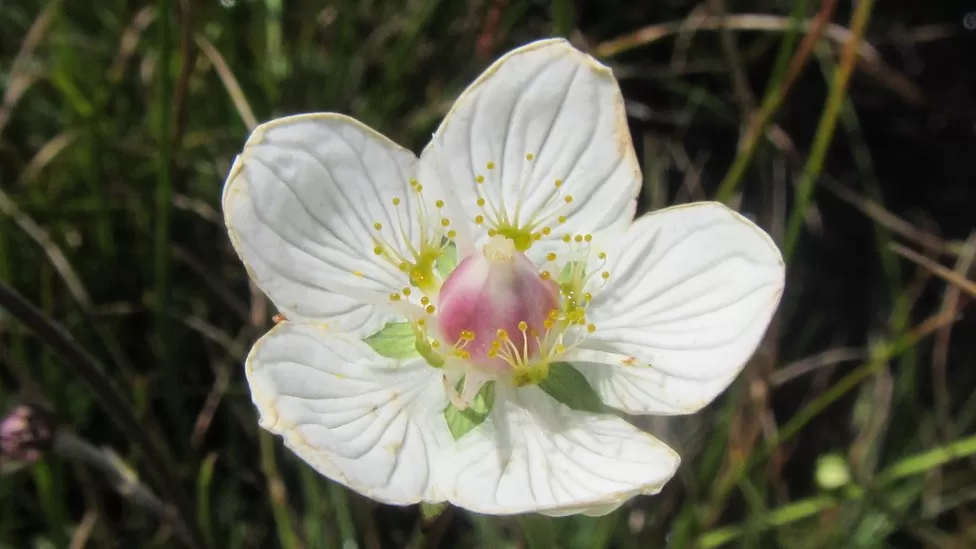Orchids, often referred to as the “queen of flowers,” are renowned for their stunning and exotic beauty. However, many orchid enthusiasts find themselves frustrated when their cherished plants refuse to bloom. If you’re wondering how to coax your orchid into producing those magnificent blossoms, you’ve come to the right place. In this comprehensive guide, we will delve into the intricacies of orchid care, exploring the essential factors that influence orchid flowering and providing you with practical tips to ensure your orchid graces you with its exquisite blooms.
Understanding Orchid Flowering
Orchids are known for their unique flowering patterns, which can vary depending on the orchid species and environmental conditions. In general, orchids bloom in response to several key factors:
1. Light: Adequate light is crucial for orchid flowering. Most orchids require bright, indirect sunlight to initiate and sustain their blooms. The intensity and duration of light exposure directly influence the frequency and abundance of orchid flowers.
2. Temperature: Orchids are highly sensitive to temperature fluctuations. Many species require a drop in nighttime temperatures to trigger flowering. Understanding your orchid’s specific temperature preferences is essential for successful blooming.
3. Watering and Humidity: Proper watering and humidity levels are vital for orchid health and flowering. Overwatering or letting the orchid’s roots sit in stagnant water can lead to root rot and inhibit flowering.
4. Fertilization: Orchids need specific nutrients to support their growth and flowering. Using a balanced orchid fertilizer and following a regular feeding schedule is crucial.
5. Repotting: Orchids should be repotted periodically to provide fresh growing medium and ensure healthy root development, which, in turn, contributes to flowering.
Choosing the Right Orchid
Before diving into the specifics of how to get your orchid to flower, it’s essential to select the right orchid species for your environment and experience level. Some orchids are more forgiving and easier to care for than others. Popular orchid varieties known for their adaptability include Phalaenopsis (moth orchids), Dendrobiums, and Oncidiums.
Providing the Ideal Light Conditions for Orchid Flowers
1. Optimal Light Exposure: Orchids require the right amount of light to produce flowers. Place your orchid in a location where it receives bright, indirect sunlight. Avoid direct sunlight, which can scorch the leaves. East or north-facing windows are typically ideal.
2. Supplemental Lighting: In regions with insufficient natural light, consider using supplemental artificial light sources, such as fluorescent or LED grow lights. These can help replicate the ideal light conditions for orchid flowers.
Mastering the Art of Temperature Control
1. Temperature Drop: Many orchids, including Phalaenopsis, benefit from a nighttime temperature drop of 10-15°F (5-8°C) to stimulate flower spikes. To achieve this, you can place your orchid in a cooler room at night or adjust your thermostat.
2. Avoid Drafts: While temperature fluctuations can be beneficial, avoid placing your orchid near drafts or heating/cooling vents, as these can stress the plant and hinder flowering.
Watering and Humidity Management for Orchid Flowering
1. Watering Frequency: Orchids prefer a well-draining medium and should be watered when the top inch (2.5 cm) of the growing medium feels dry to the touch. Water thoroughly, allowing excess water to drain away.
2. Humidity: Orchids thrive in humid conditions. To increase humidity around your orchid, use a humidity tray filled with water and pebbles. Alternatively, consider using a room humidifier.
Feeding Your Orchid for Blossom Success
1. Fertilizer Choice: Choose a balanced orchid fertilizer with a formulation such as 20-20-20 or 15-15-15. Fertilize your orchid regularly, but avoid overfeeding, which can lead to salt buildup.
2. Frequency: During the growing season (usually spring and summer), feed your orchid every 2-4 weeks. Reduce feeding during the dormant period (typically fall and winter) to encourage flower production.
Repotting to Encourage Orchid Flowering
1. Signs of Repotting: Orchids generally need repotting every 2-3 years or when the growing medium begins to break down or decompose. Signs that your orchid may require repotting include overcrowded roots, poor drainage, and a lack of growth.
2. Repotting Procedure: When repotting, use a well-draining orchid mix and select a pot that is just slightly larger than the previous one. Trim any dead or rotting roots during the repotting process.
Pruning and Maintenance for Orchid Flower Production
1. Stem Pruning: After an orchid has finished flowering, trim the flower spike (stem) just above a node or bump. In some cases, secondary spikes may emerge from the nodes, leading to additional blossoms.
2. Leaf and Root Maintenance: Regularly inspect your orchid for yellowingor damaged leaves, as well as signs of root disease. Prune away affected parts to maintain the plant’s overall health and vitality.
Orchid Flowering Cycle
Understanding the natural flowering cycle of your orchid is essential for managing expectations. Most orchids follow a pattern of blooming once or twice a year, with a dormant period in between. During dormancy, the plant conserves energy to prepare for the next blooming cycle.
Conclusion
Achieving the vibrant and captivating beauty of orchid flowers requires a combination of factors, including proper light, temperature, watering, fertilization, and maintenance. By providing the ideal conditions for your orchid species and adhering to the guidelines outlined in this comprehensive guide, you can significantly increase the chances of your orchid gracing you with its breathtaking blooms. Remember that patience and attentive care are key to cultivating a healthy and flowering orchid. With dedication and the right approach, you can unlock the full potential of your orchid and enjoy its exquisite blossoms for years to come.


